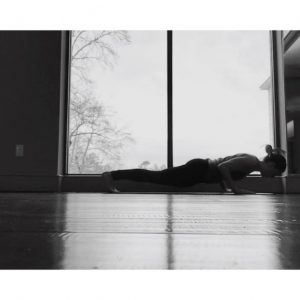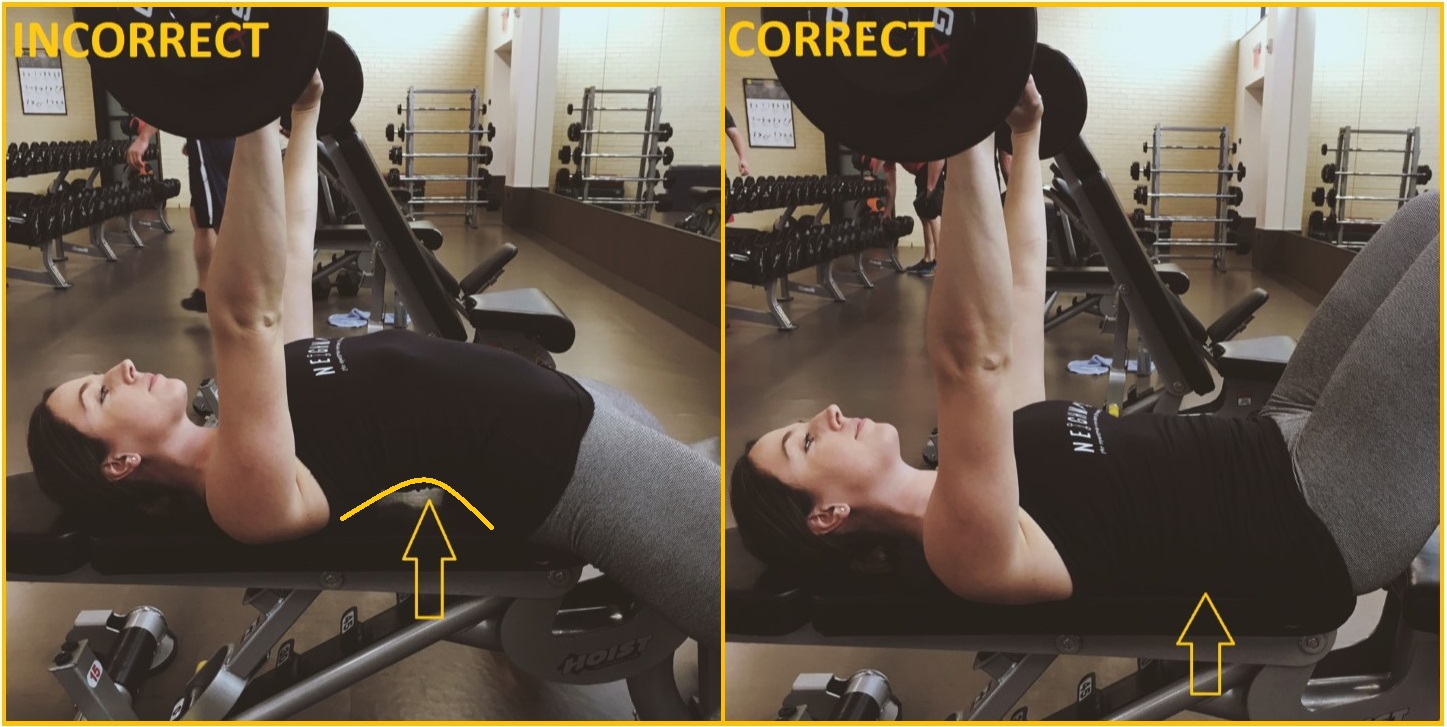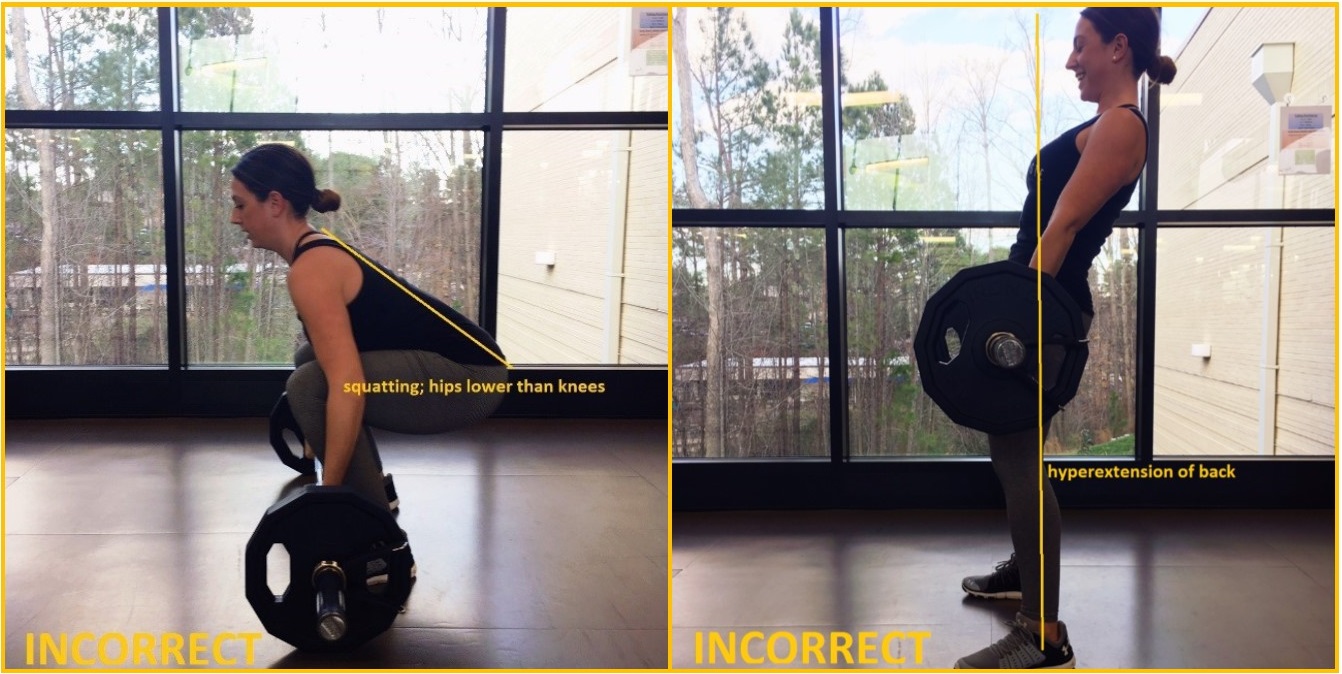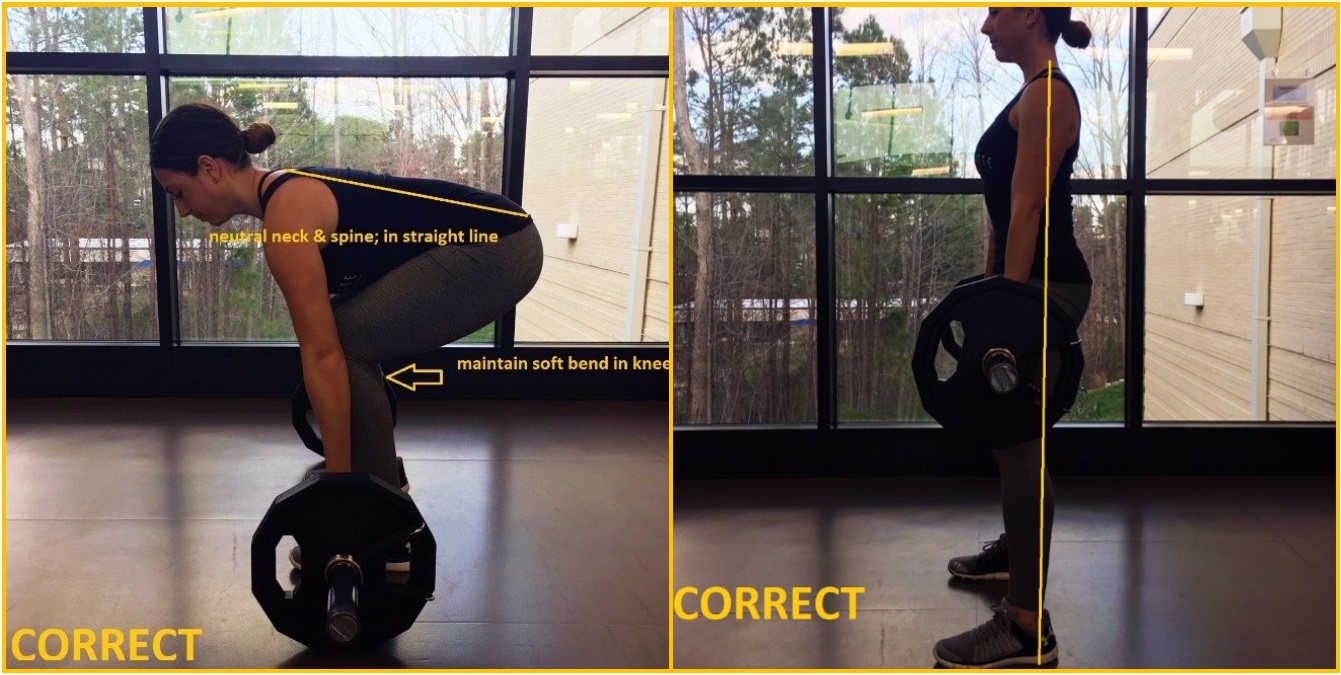Have you been working your butt off in the gym and not seeing results? Or maybe you’ve tried a new exercise you found on YouTube and ended up injured, even though you did it “just like that guy” did? Chances are you have fallen for some of the mainstream health and fitness ideology that seems to be tricking the average person into believing it.
As we scroll through our social media sites, our timelines are filled with fitness “professionals” and brand advertisements telling us how we can look great in a bathing suit or gain serious muscle mass. Apparently people can now be “famous” simply from posting pictures of their six-packs on Instagram, and are charging people for their so-called fitness programs and nutrition consulting. Given the over saturation of the current fitness industry, it’s hard to know what to believe these days.
I write this to shed some light on a few of these common misconceptions, and to hopefully offer you both clarity and encouragement. Now, I am not just another one of those social media influencers. I don’t have a six-pack, but I do have a Bachelor’s degree in Exercise Science, am a certified trainer through the American College of Sports Medicine, hold several additional certifications in group training, and work full time (at the best place in the world) as a fitness coordinator! So, it’s up to you what you choose to believe, but I suggest taking it from someone with experience in the field.
Strength Training = Bulking
This couldn’t be farther from the truth. Most of my female clients come to me with this concern, and they have avoided resistance training in fear of getting “larger.” Instead they wish to tone their body, by doing what they think is the only way, with hours of cardio each week. However, there isn’t really such thing as “toning.” If we want our arms and legs to look sculpted and lean, of course we need to decrease the fat stores around them, but there must be muscle there in the first place to show through. So achieving this “toned” look requires both cardio AND resistance training together!
Having a regular strength training routine is important for so many reasons. Just to name a few, it increases our heart rate leading to fat loss, increases balance and stability, and lean muscle mass burns fat and increases our metabolic rate. Other benefits of resistance training are as follows:
- Increases bone density
- Decreased risk of injury
- Greater stamina and muscular endurance
- Pain reduction, especially lower back pain
- Enhanced performance of everyday activities
- Improved posture
- Controls and/or prevents chronic diseases such as diabetes, heart disease, arthritis, etc.
Add 2-3 days of strength training to your weekly workout routine, and you may find yourself both noticing the above benefits and reaching your goals even quicker!
Yoga Isn’t a Workout
 For those who have yet to experience it, yoga is commonly thought of as a stretching session, and most are under the assumption that one must be super flexible and bendy to be successful with it. It is quite the contrary though, as we do not have to be flexible; yoga can help us to become flexible. However, yoga is so much more than that!
For those who have yet to experience it, yoga is commonly thought of as a stretching session, and most are under the assumption that one must be super flexible and bendy to be successful with it. It is quite the contrary though, as we do not have to be flexible; yoga can help us to become flexible. However, yoga is so much more than that!
While it does indeed increase our mobility, range of motion, and balance, it can also enhance our muscular stamina and build core, lower, and upper body strength. (Hello, chaturanga!) Holding such poses would be considered isometric exercise. This means that even though our muscles are not necessarily contracting or moving, they are still firing like crazy (think about holding a plank or a wall sit)! Both holding postures and moving in and out of them (Vinyasa or flow style) increases our heart rate and builds muscle. Not to mention, the mind-body connection developed in yoga can help us when performing any exercise in our regular routines too!
If you have been to a yoga class before but didn’t feel like it was “hard” enough for you, next time try going in with a different perspective considering all of the above. The RFC offers a great variety of classes each week from dynamic or challenging (such as Yoga Flow, Open Flow, or Yoga Challenge) to a more relaxing or recovery based class (such Yoga Stretch or Restorative Yoga).
Common Form Misconceptions
The following are two exercises I see done incorrectly the most. I am bringing this to your attention not to be the form police but to protect you from injuring yourself, especially in the lower back. Below are the common errors (that are sometimes taught) and how to fix them:
Bench Press:
 Arching the back away from the bench not only decreases your range of motion in the upper body, but it also puts WAY too much added tension into your lower back! Tuck your tailbone slightly under so your lower back is tight against bench. If you are on the shorter side, it might feel like a strain to do this, so you may want to bring your feet onto the bench with bent knees (as pictured above).
Arching the back away from the bench not only decreases your range of motion in the upper body, but it also puts WAY too much added tension into your lower back! Tuck your tailbone slightly under so your lower back is tight against bench. If you are on the shorter side, it might feel like a strain to do this, so you may want to bring your feet onto the bench with bent knees (as pictured above).
Deadlift:

The deadlift is an exercise that is very commonly mistaken, and it is also very prone to injury when done incorrectly, especially when the weight is substantial. The deadlift is not a squat, it is a hip hinge. Many people treat the bottom portion of the move as a squat with the hips sinking lower than the knees. It is also said that you should “squeeze your glutes” at the top of the move. Yes, this helps support your back and core, but your back should remain neutral. You do not need to throw your hips forward against the bar (again, too much lower back strain!).
Other common errors include a rounded spine or the bar being too far away from the body. Be sure to keep the spine neutral, and the bar very close to the legs in order to work the muscles intended for this exercise (hamstrings, glutes, lower back). Having the bar too far away from the body puts too much weight onto our shoulders.
 To keep your back flat, squeeze shoulder blades towards one another. Keep a soft bend in the knee throughout the move. Think maximum hip hinge, minimum knee flexion—the opposite of a squat! Keep bar close to the body as if you are shaving your legs with it. Come back to a neutral upright position and support by engaging the glutes.
To keep your back flat, squeeze shoulder blades towards one another. Keep a soft bend in the knee throughout the move. Think maximum hip hinge, minimum knee flexion—the opposite of a squat! Keep bar close to the body as if you are shaving your legs with it. Come back to a neutral upright position and support by engaging the glutes.
If you ever want an extra set of eyes or some added support during your lifts, you can always grab an RFC trainer in the GA Fitness Area. We are here to help! J
No Pain No Gain
Yes, we do need to push ourselves outside of our comfort zone sometimes in order to reach the goals we create for ourselves. However, having a balanced regimen that includes ample recovery time is necessary to achieve the results desired. While High Intensity Interval Training, distance runs, and heavy lefts can help us reach our goals, too much of any of these may result in overtraining, which would actually end up hindering our performance. For this reason, it is important to give yourself at least 1-2 rest days per week and to give a 2-3 day rest period between strength training muscles of the same group. Including myofascial release (foam rolling & self-massage) and stretching (when we’re already warm) in our daily routines will also aid in muscle recovery and development. Mild discomfort is necessary, pain is not. Listen to your body when it needs a break!
Has this blog opened your eyes to anything new? Let us know in the comments below!
This month, SAS Life is featuring glucose management related posts in observance of Diabetes Alert Day. For more information, visit the American Diabetes Association's website. Be sure to check out the entire series.
- The Best Thing Since Sliced Bread by Ashley Bailey, MS, RDN, LDN
- Cauliflower Rice...Wait, What? by Cathy Mazanec, MPH, RDN, CSSD, LDN


1 Comment
Its good as your other content : D, appreciate it for posting .